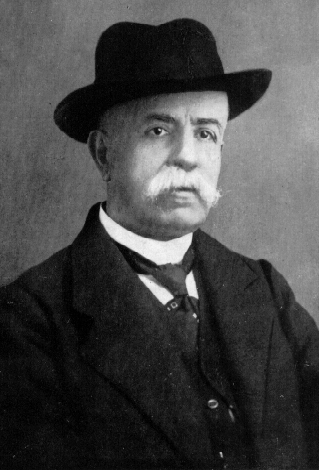
Gregorio Ricci-Curbastro was an Italian mathematician. He is most famous as the discoverer of tensor calculus.

Ennio De Giorgi was an Italian mathematician who worked on partial differential equations and the foundations of mathematics.
Enrico Alleva is an Italian ethologist. He has been president of the Società Italiana di Etologia since 2008.
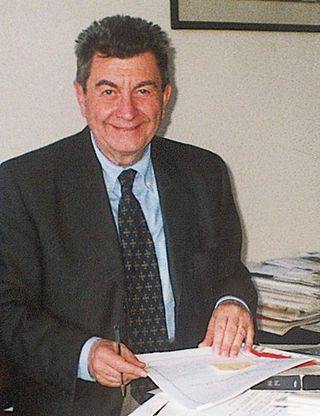
Giuseppe Franco Bassani was an Italian physicist.

Luigi Ambrosio is a professor at Scuola Normale Superiore in Pisa, Italy. His main fields of research are the calculus of variations and geometric measure theory.
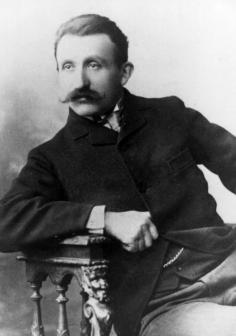
Carlo Somigliana was an Italian mathematician and a classical mathematical physicist, faithful member of the school of Enrico Betti and Eugenio Beltrami. He made important contributions to linear elasticity: the Somigliana integral equation, analogous to Green's formula in potential theory, and the Somigliana dislocations are named after him. Other fields he contribute to include seismic wave propagation, gravimetry and glaciology. One of his ancestors was Alessandro Volta: precisely, the great Como physicist was an ancestor of Carlo's mother, Teresa Volta.

Franco Pacini was an Italian astrophysicist and professor at the University of Florence. He carried out research, mostly in High Energy Astrophysics, in Italy, France, United States and at the European Southern Observatory.
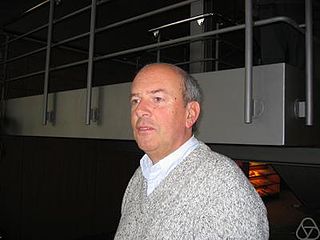
Corrado de Concini is an Italian mathematician and professor at the Sapienza University of Rome. He studies algebraic geometry, quantum groups, invariant theory, and mathematical physics.
Bruno Coppi is an Italian-American physicist specializing in plasma physics.
Sergio Campanato was an Italian mathematician who studied the theory of regularity for elliptic and parabolic partial differential equations.

Riccardo Barbieri is an Italian theoretical physicist and a professor at the Scuola Normale Superiore di Pisa. He has written more than two hundred research papers in the field of theoretical elementary particle physics, and has been particularly influential in physics beyond the Standard Model.
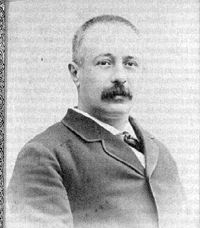
Ernesto Padova was an Italian mathematician born in Livorno.
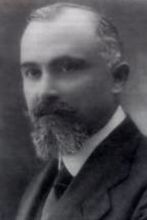
Orazio Tedone was an Italian mathematical physicist. He is perhaps best known for the Larmor–Tedone formulae for solving Maxwell's equations.

Alfio Quarteroni is an Italian mathematician.
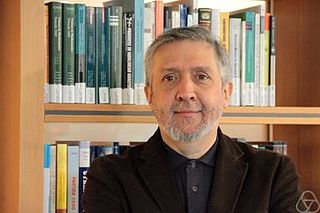
Umberto Zannier is an Italian mathematician, specializing in number theory and Diophantine geometry.
Gianfranco Folena was an Italian linguist, philologist, and academic.
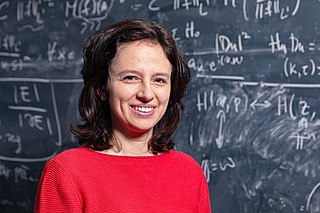
Maria Colombo is an Italian mathematician specializing in mathematical analysis. She is a professor at the EPFL in Switzerland, where she holds the chair for mathematical analysis, calculus of variations and partial differential equations.

Luigi Arialdo Radicati di Bròzolo was an Italian theoretical physicist
The Milan school of physics indicates the tradition of research in the field of physics in Milan, with particular reference to the first and second half of the 20th century, when under the impulse of Orso Mario Corbino and Antonio Garbasso, and with the chair of theoretical physics by Aldo Pontremoli, the so-called Institute of Complementary Physics of Milan was formed at the University of Milan.
The Premio Presidente della Repubblica is an Italian award introduced by the former president and academic Luigi Einaudi. Since 1949 it has been awarded on a regular basis by the Accademia dei Lincei, the Accademia di San Luca, and the Accademia Nazionale di Santa Cecilia. It is among the most distinguished awards of the three prestigious academies.














